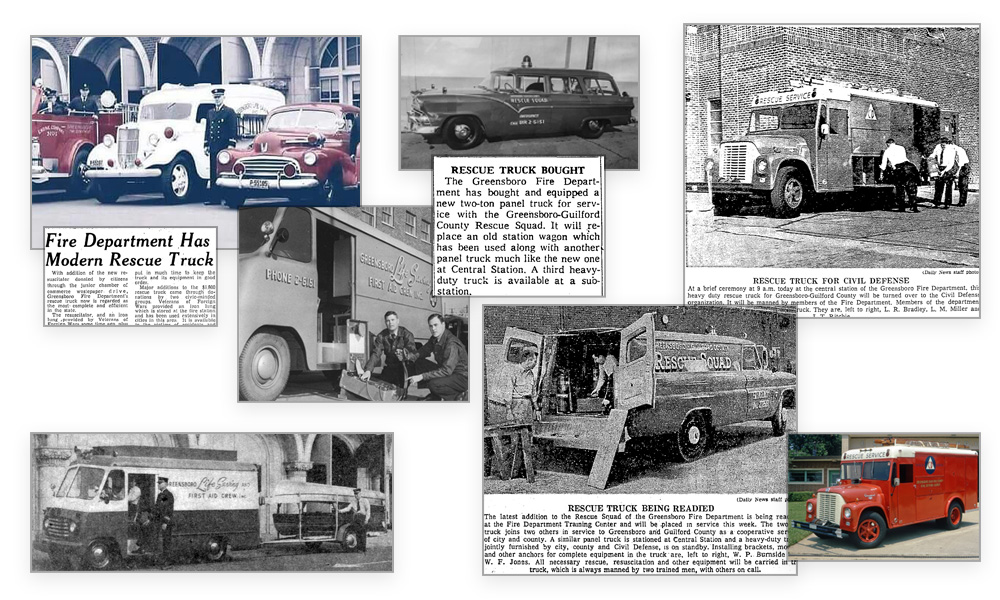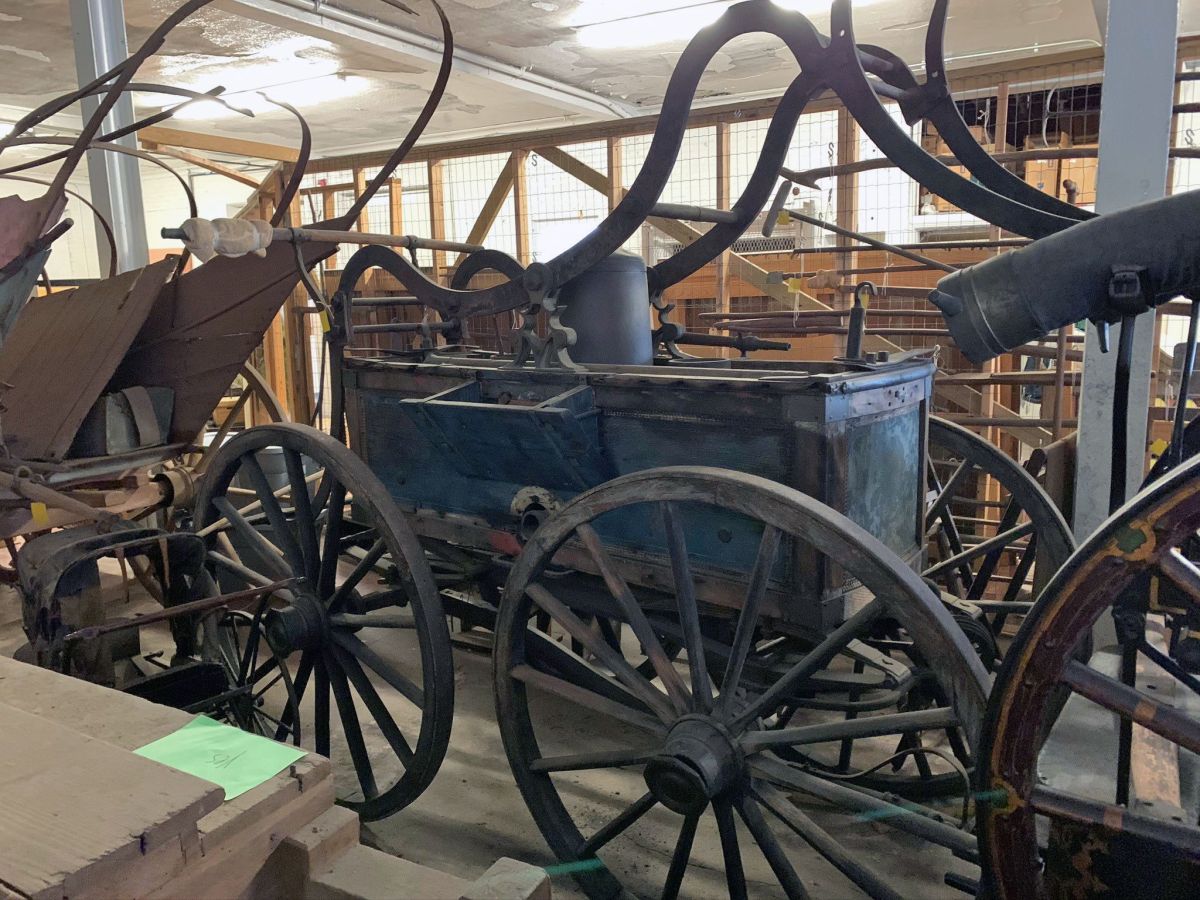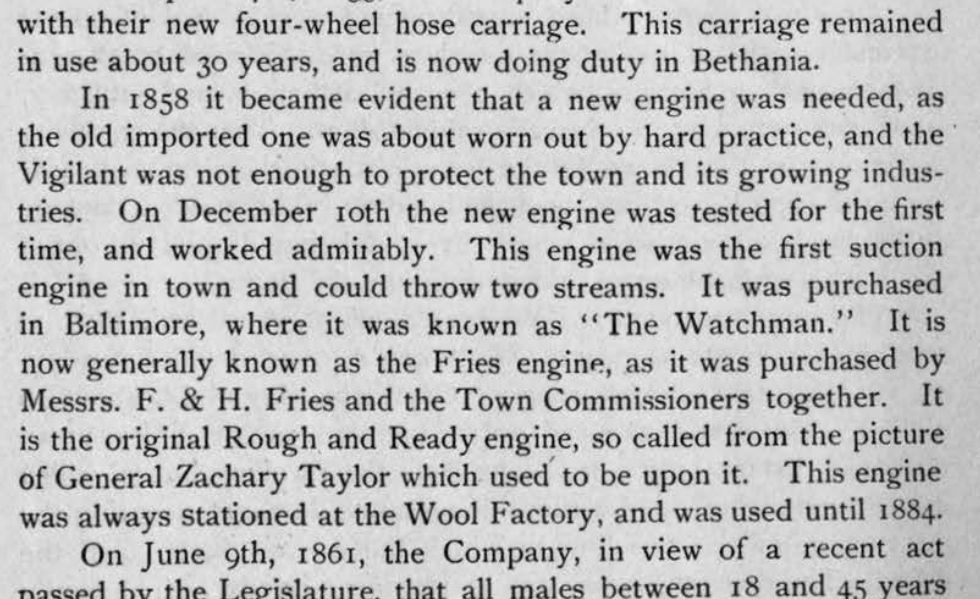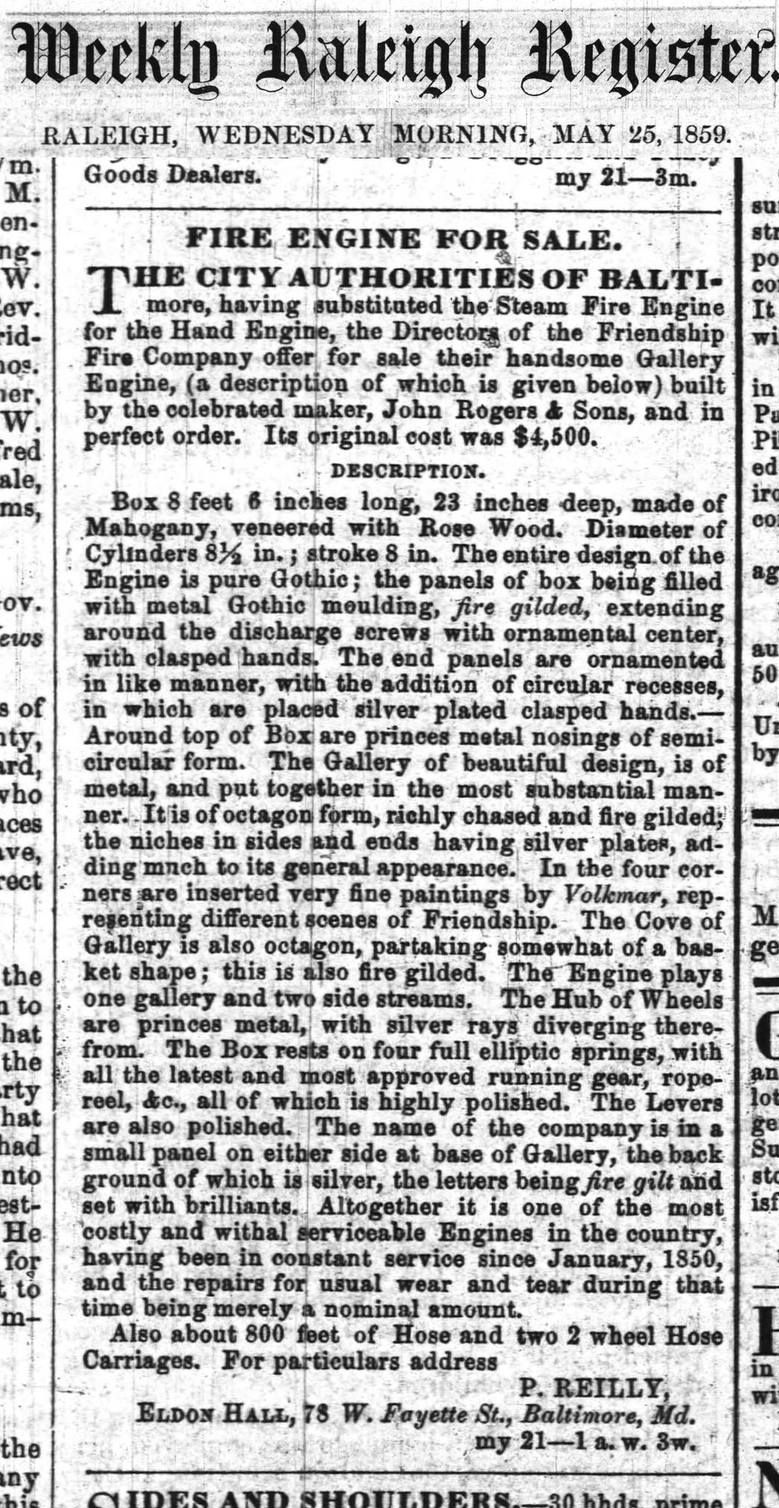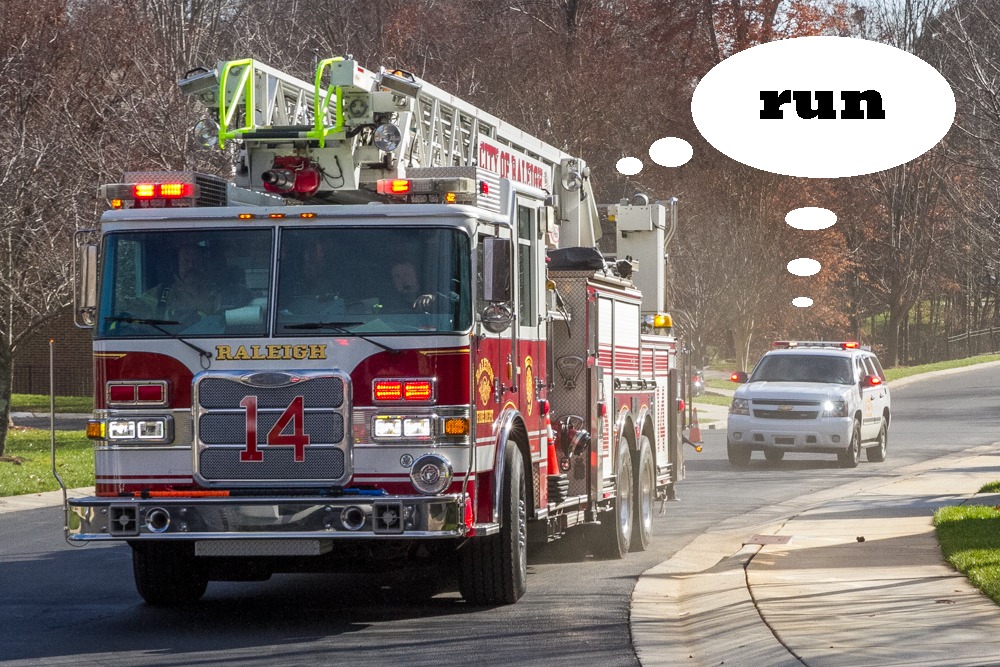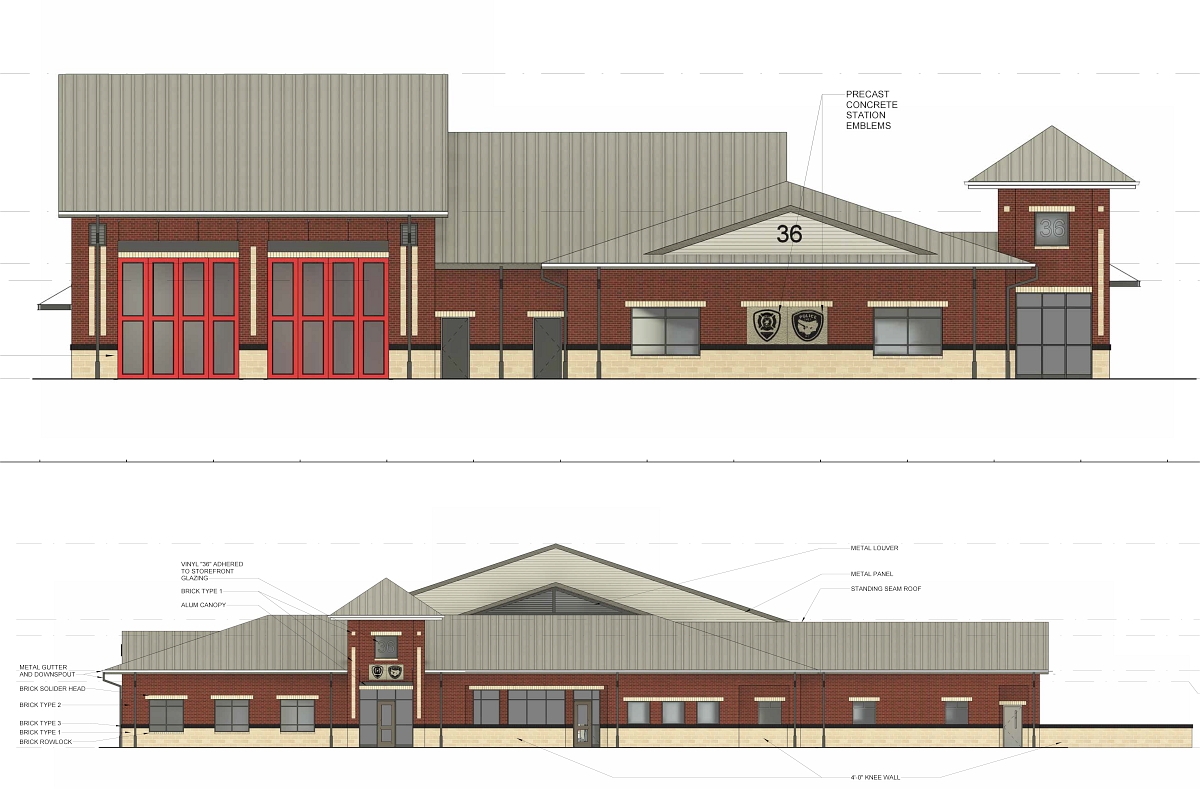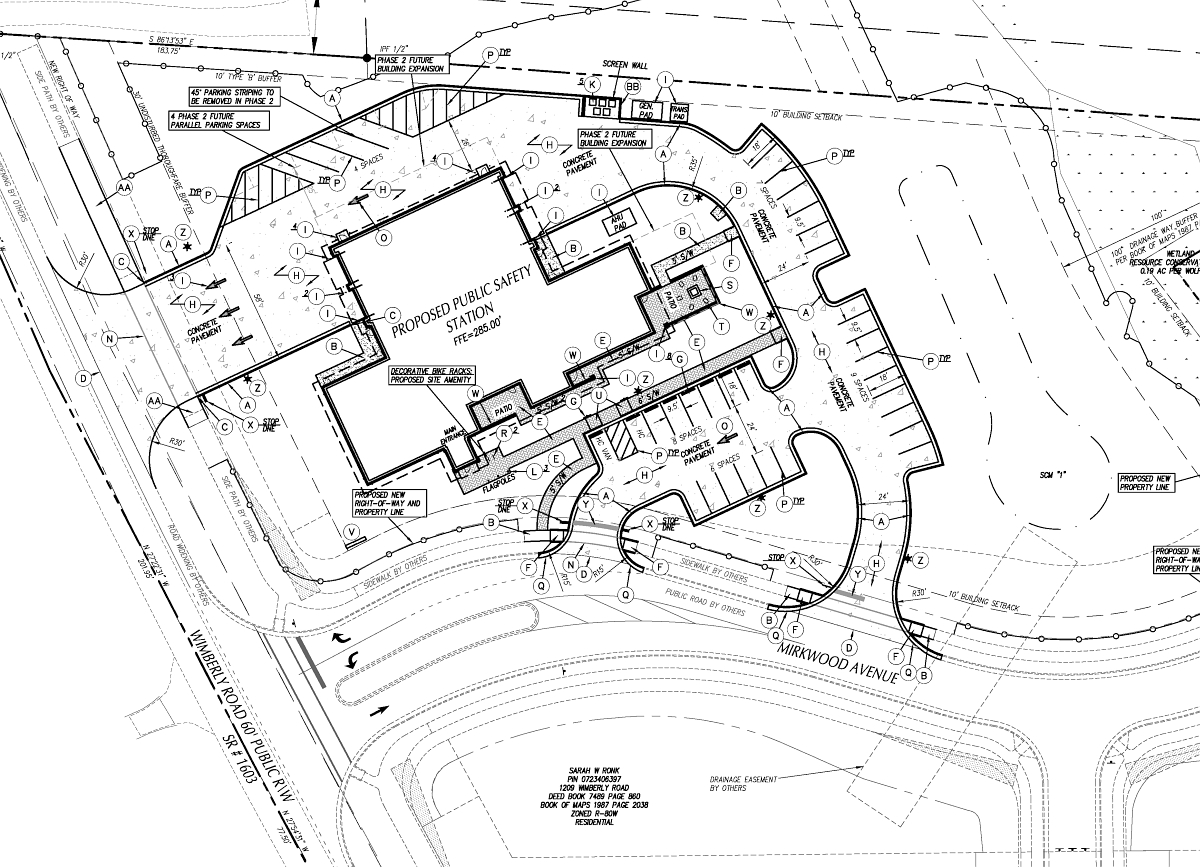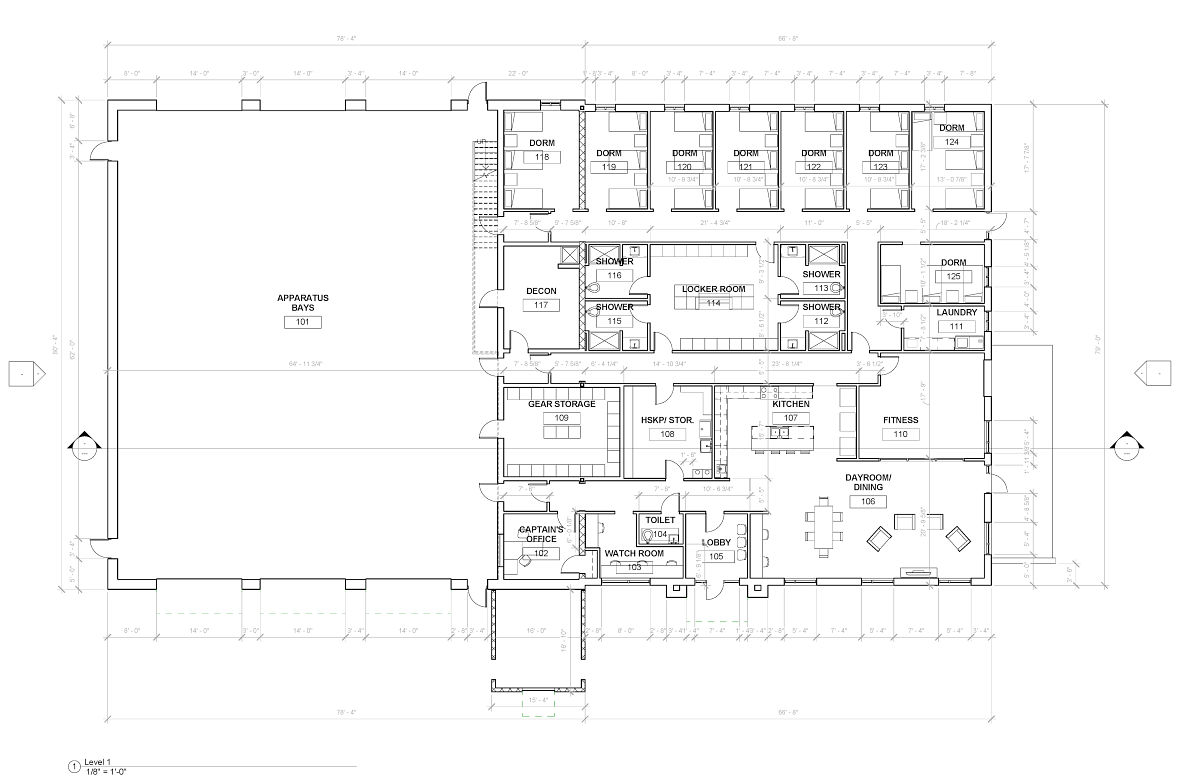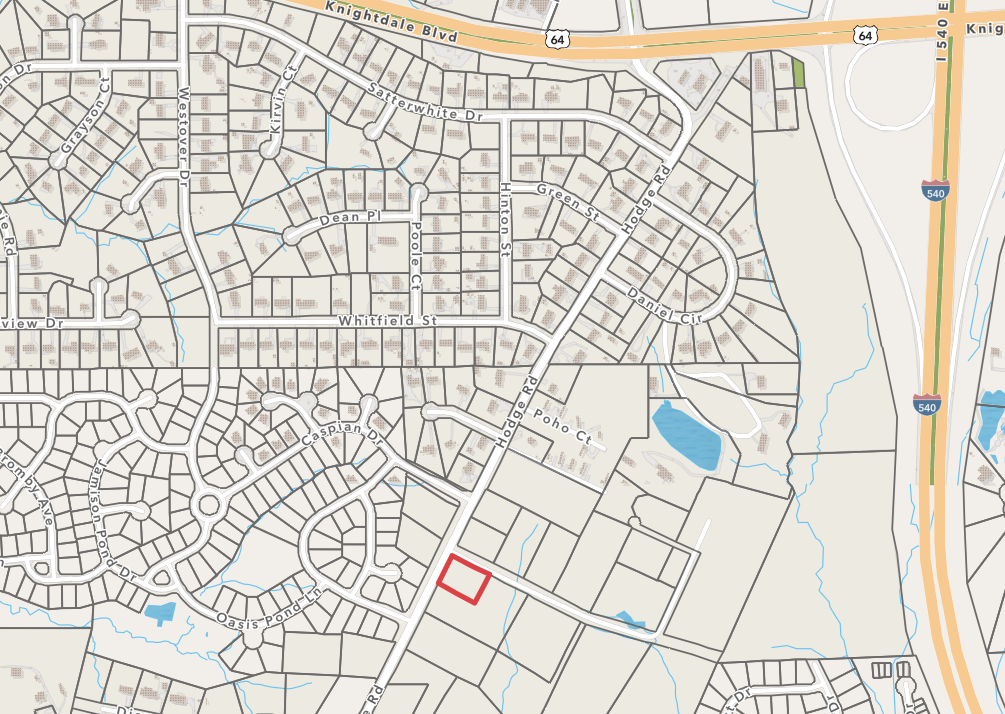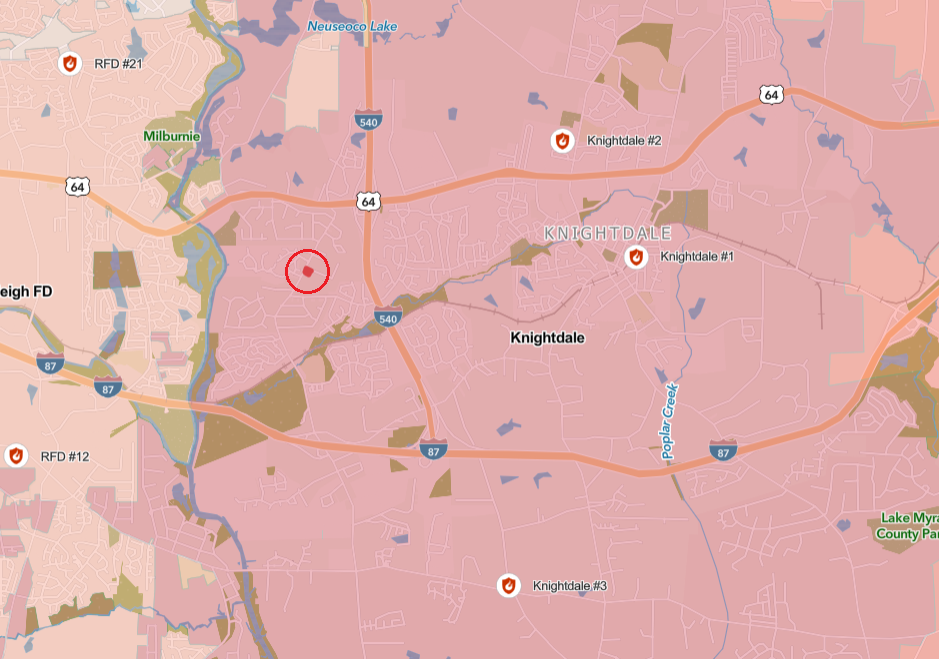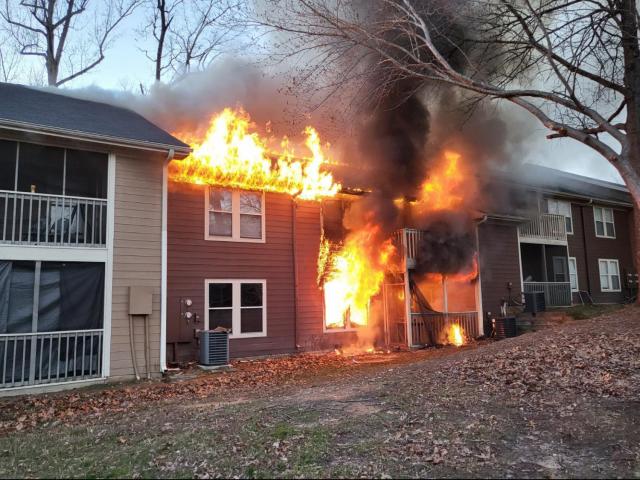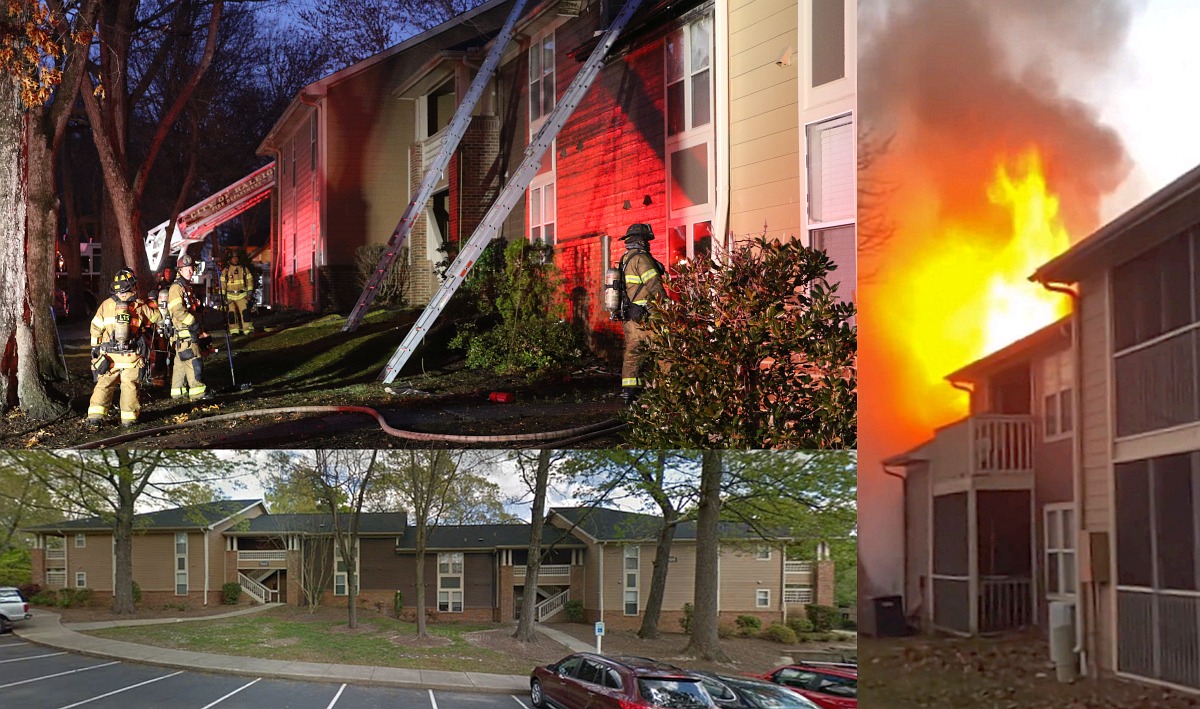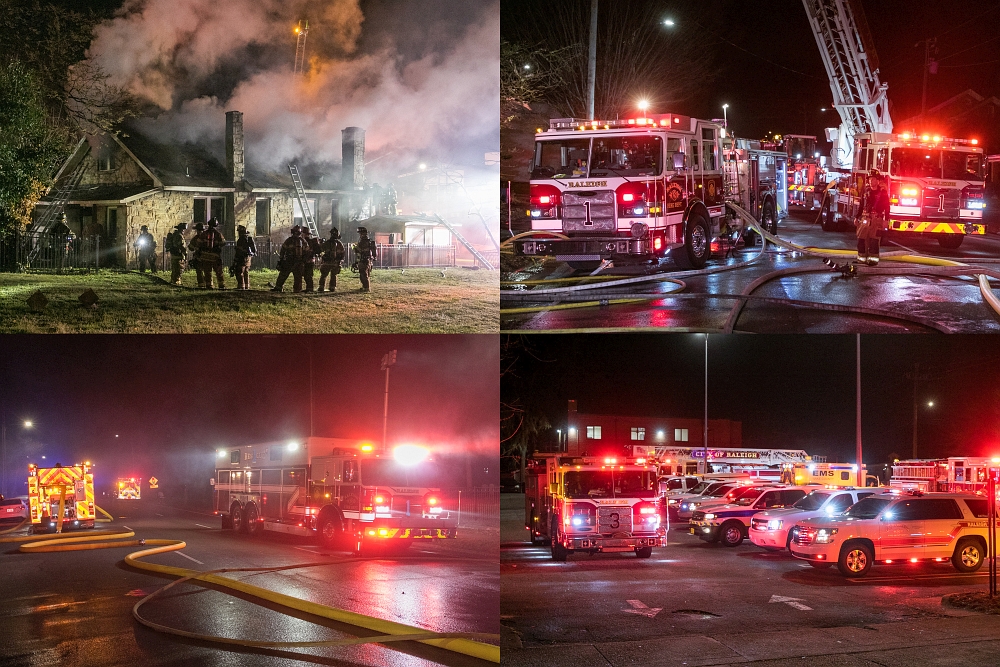Introduction
This page presents research notes on the history of rescue squad vehicles in Greensboro and notably as operated by the Greensboro Life Saving squad and the Greensboro Fire Department and originally compiled in 2022.
Ambulance and EMS agency history is presently not included. May expand at a later and add.
Summary
- 1944 – GFD placed first rescue truck in service.
- 1947 – Greensboro Life Saving and First Aid Crew organized, GFD rescue truck donated to new group.
- 1951 – By this time, GFD is housing the life saving crew’s rescue truck and staffing with one or two firemen and supplemented by life saving crew volunteers as needed.
- 1958 – Life saving crew asks city to take over its assets due to financial trouble.
- 1959 – Hanes-Lineberry Funeral Home started operating a rescue unit.
- 1960 – Greensboro-Guilford County Rescue Squad created, operated by GFD. Adds new vehicles over next two years, including a Civil Defense heavy rescue truck.
- Later – Civil Defense truck later disposed to county, for fire marshal’s office. GFD added three squads in 1977, maxi-pumpers also used for fire suppression. Decades later, heavy rescue companies returned to GFD.
Timeline
1942, October – Greensboro Daily News on October 7, 1942, reported that city-county civil defense officials will use money from the sale of donated scrap materials to purchase a rescue truck for Greensboro FD and to be used both in the city and throughout the county.
1944, June – City-county civil defense organization purchased a used Army ambulance at Fort Bragg, for conversion into a rescue truck.
Continue reading ‘Greensboro Rescue History’ »
